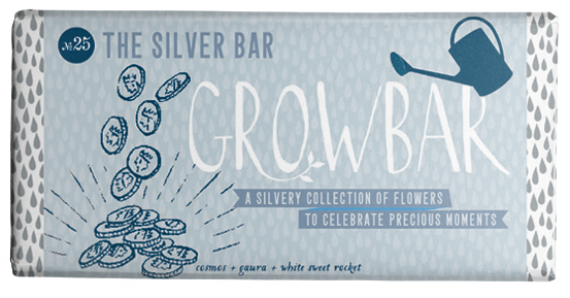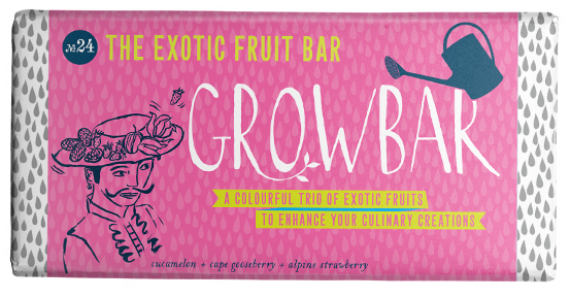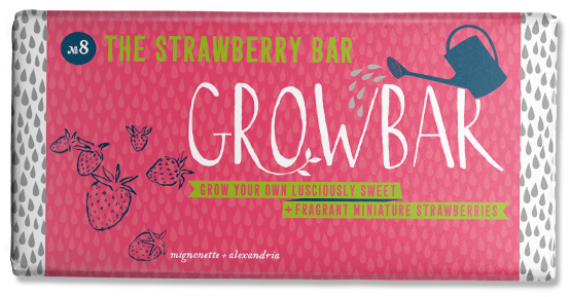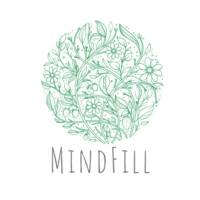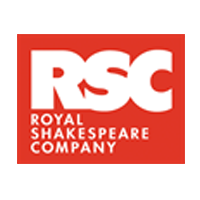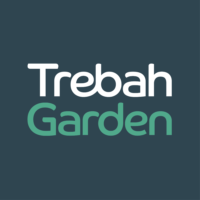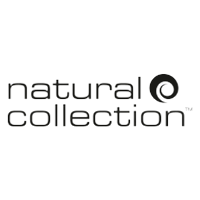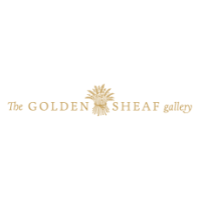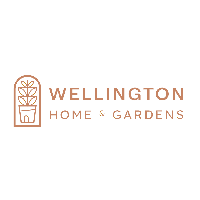Biblical Gardens

Across the world Biblical gardens have been established in celebration of the variety of plants described in the Bible. They are most common in North America, there are a few in Israel and there's even one in Japan. Their Mediterranean origins make it rather a challenge to grow many of these Biblical plants in cooler climates but the Garden of the Elgin Cathedral in Scotland has a thriving three acre Biblical Garden containing all 110 plants which appear in the bible.
The Biblical Herbs Growbar contains seeds to grow three of the most beautiful, fragrant and useful herbs described in the Old Testament. They've been chosen for their ability to thrive in gardens across Britain.
CORIANDER
Mentioned in the books of Exodus and Numbers, every part of this aromatic and beautiful herb has a distinctive taste. The leaves, stems and seeds are all excellent edibles and possess a zesty scent and flavour.
“The people of Israel called the bread manna. It was white like coriander seed and tasted like wafers made with honey.”
HYSSOP
Described in the books of Exodus and Leviticus, Hyssop has an ancient association with purity, being used to cleanse sacred places. The aromatic leaves and striking indigo-coloured flowers are traditionally hung in homes to protect against evil spirits.
David also mentions hyssop in Psalm 51:7: “Cleanse me with hyssop, and I will be clean; wash me, and I will be whiter than snow.”
SAGE
Mentioned in the book of Exodus, sage’s Latin name means ‘to heal’ and the pale green leaves have long been used to remedy an incredible range of ailments. This beautiful plant is also an invaluable culinary herb.
"Make a lampstand of pure gold. Hammer out its base and shaft, and make its flowerlike cups, buds and blossoms of one piece with them. Six branches are to extend from the sides of the lampstand—three on one side and three on the other." Exodus 25:31-32











